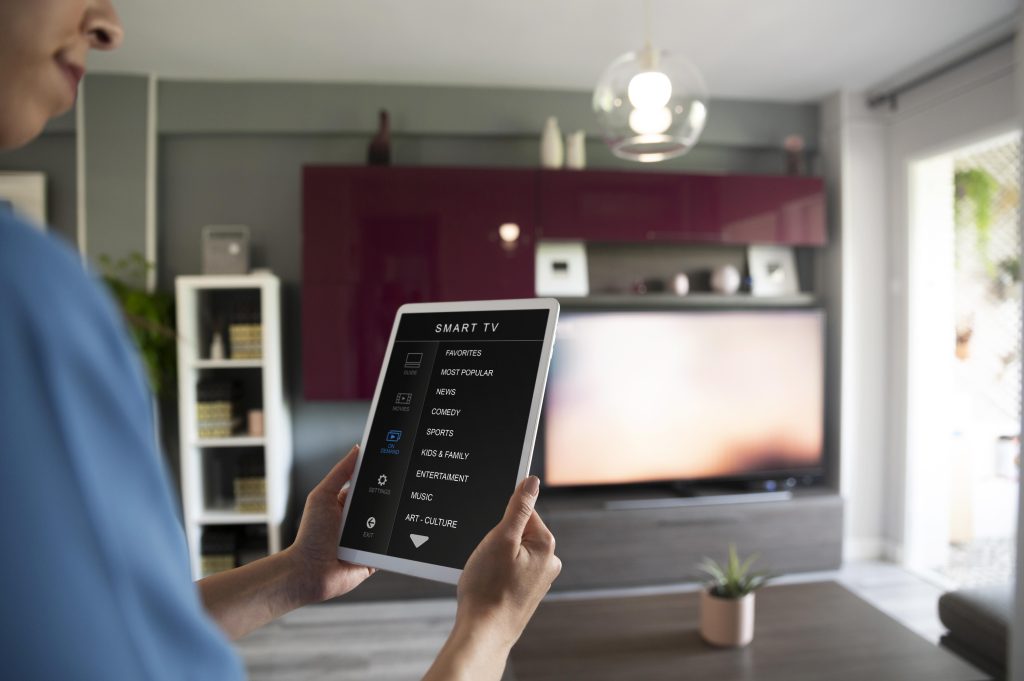As concerns about climate change and environmental sustainability continue to grow, more and more homeowners are looking for ways to reduce their energy consumption and minimize their carbon footprint. In this blog post, we’ll explore how smart home technology can help maximize energy efficiency, lower utility bills, and create a more sustainable living environment.
Introduction: In today’s world, energy efficiency is more important than ever. Not only does it help lower utility bills and save money, but it also reduces our impact on the environment by minimizing greenhouse gas emissions and conserving natural resources. In this blog post, we’ll discuss how smart home technology can play a significant role in maximizing energy efficiency and creating a more sustainable living environment for homeowners.
1. Smart Thermostats: One of the most effective ways to reduce energy consumption in the home is by installing a smart thermostat. These devices learn your heating and cooling preferences over time, automatically adjusting the temperature to optimize comfort and efficiency. Some smart thermostats can even detect when you’re away from home and adjust the temperature accordingly, helping you save energy when you’re not there.
2. Energy-Monitoring Devices: Another useful tool for maximizing energy efficiency is an energy-monitoring device. These devices track your home’s energy usage in real-time, allowing you to identify areas where you can make improvements and reduce waste. By monitoring your energy consumption closely, you can pinpoint energy-hungry appliances, identify opportunities for efficiency upgrades, and ultimately lower your utility bills.
3. Smart Lighting Controls: Lighting accounts for a significant portion of a home’s energy usage, but with smart lighting controls, you can minimize waste and maximize efficiency. Smart bulbs and switches allow you to adjust lighting levels, schedule lights to turn on and off automatically, and even control them remotely from your smartphone or voice-activated assistant. By using lighting only when and where it’s needed, you can reduce energy consumption and create a more comfortable living environment.
4. Integration with Renewable Energy Sources: For homeowners looking to take their energy efficiency efforts to the next level, integrating smart home technology with renewable energy sources like solar panels or wind turbines is a great option. Smart energy management systems can optimize the use of renewable energy by storing excess power in batteries for use during peak demand periods or when the sun isn’t shining. By harnessing the power of renewable energy and using it more efficiently, homeowners can significantly reduce their reliance on fossil fuels and lower their carbon footprint.
Conclusion: Smart home technology offers a wealth of opportunities for homeowners to maximize energy efficiency, lower utility bills, and reduce their environmental impact. By incorporating smart thermostats, energy-monitoring devices, smart lighting controls, and renewable energy integration into their homes, homeowners can create a more sustainable living environment that benefits both their wallets and the planet. Whether you’re looking to make small changes or undertake a comprehensive energy efficiency upgrade, smart home technology has the tools you need to succeed.


